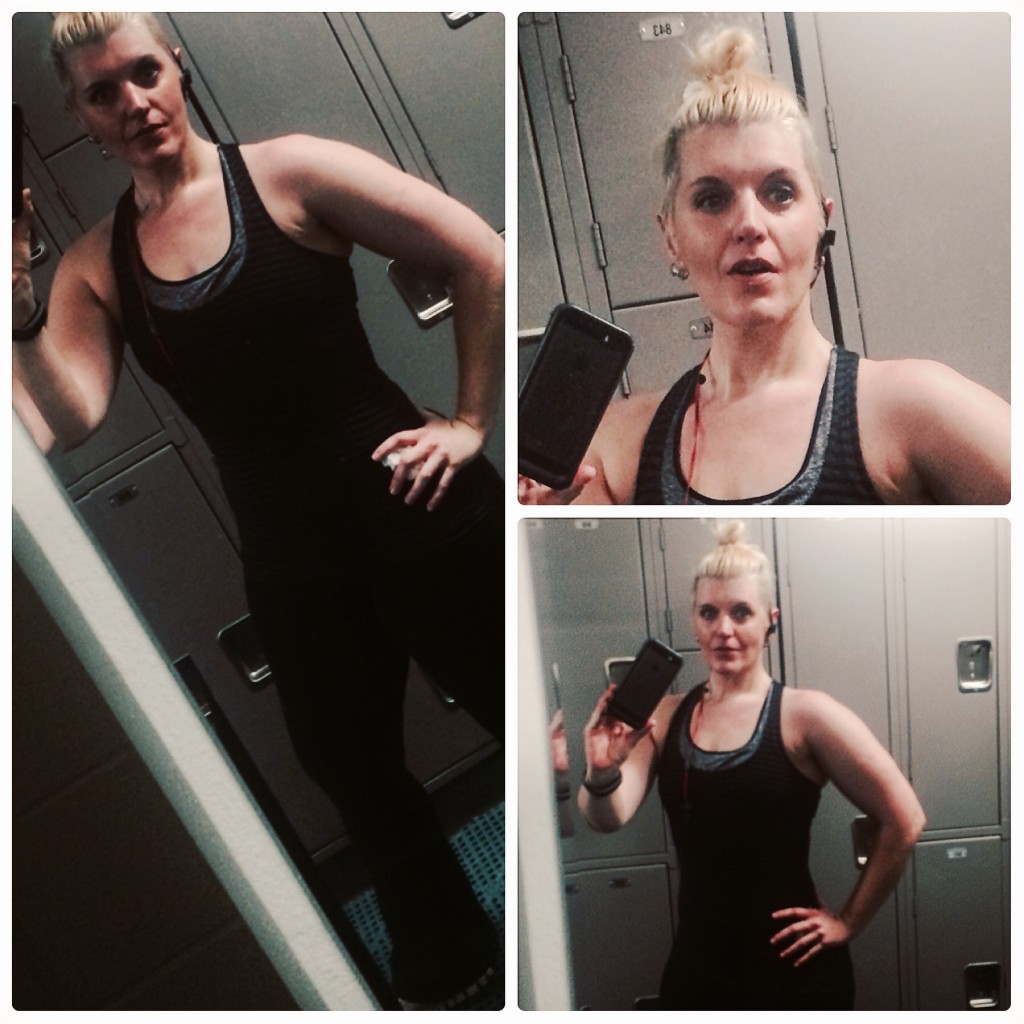One of the reasons I’ve been laying low lately is that I just haven’t been well. My health (mental AND physical) started deteriorating about a year and a half ago. I had a surgery, I’ve been on several different weight-gain inducing pain medications and my capacity for exercise has deteriorated significantly.
I tried to power through for a long time, knowing that I am a role-model for my kids, and that many people ‘out there’ expected me to maintain a certain level (and look) of fitness. But recently I realized I need to take my own medicine and back-the-fuck-off of pushing myself so hard when my body is demanding rest and recovery time.
I wanted to post this now because I’m at a weight I doubt I will stay at, and I wanted to use it to make the point (again) that BMI is a God-awful measure of a person’s health status, and that when people imagine what overweight and obesity look like, they aren’t always right. What do YOU imagine an obese person looks like? I doubt you imagine this:

According to BMI, I am obese now.
I’ve gained roughly 25 pounds over the last year and a half. My ‘Sanity Setpoint’ weight is 170-175 pounds (which is itself overweight). I am now, depending on the time of day and where I am in my menstrual cycle, 195-205 pounds. I say I doubt I will stay here because I am successfully reducing the number and amount of medications I’m using, and my capacity for exercise is slowly, slowly increasing. But my current weight, at my height of 5’9, puts my BMI right at 30, the point where ‘overweight’ ends, and ‘obesity’ begins.
I am obese! Huzzah!
Up until the last year, I’d been successfully maintaining my Sanity Setpoint weight for several years. It was a weight I could maintain without having to engage in any extreme measures. A reasonable amount of exercise, a reasonable level of calorie intake, and a balanced, varied diet that included both foods I eat for nutrition and foods I eat purely for pleasure. I don’t doubt that as I slowly work back to those behaviors and continue to reduce the medications that have affected my weight, my weight will trend downward and I’ll eventually get back there, or close. But hell, if I stay where I am, I don’t think it would be the end of the world.
The reason I wanted to share this image and this post is that I want to provide perspective for all the people out there agonizing about the obesity epidemic, BMI numbers and the number on the scale. See that picture up there? That’s what obesity can look like when the obese person is active and eats a relatively healthy diet. In spite of my pain, arthritis and surgery, all my health markers are excellent. My pain is affecting my health, but my weight isn’t.
I’m going to continue to call on healthcare providers and the general public to shift their focus away from the number on the scale, and toward BEHAVIOR. Balanced, healthy habits will contribute heavily to health outcomes, regardless of what the number on the scale is. It’s clear that our cultural fixation on numbers hasn’t resulted in improvements (and in fact is probably making the problem worse). I’m calling for a complete paradigm shift. Screw the numbers. Work on the habits. And we’ll begin to see progress.
